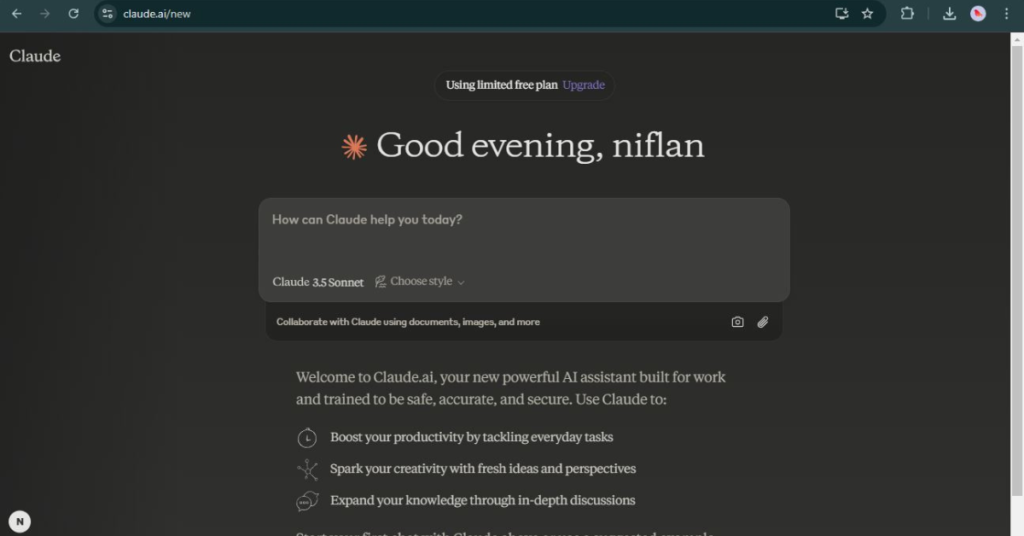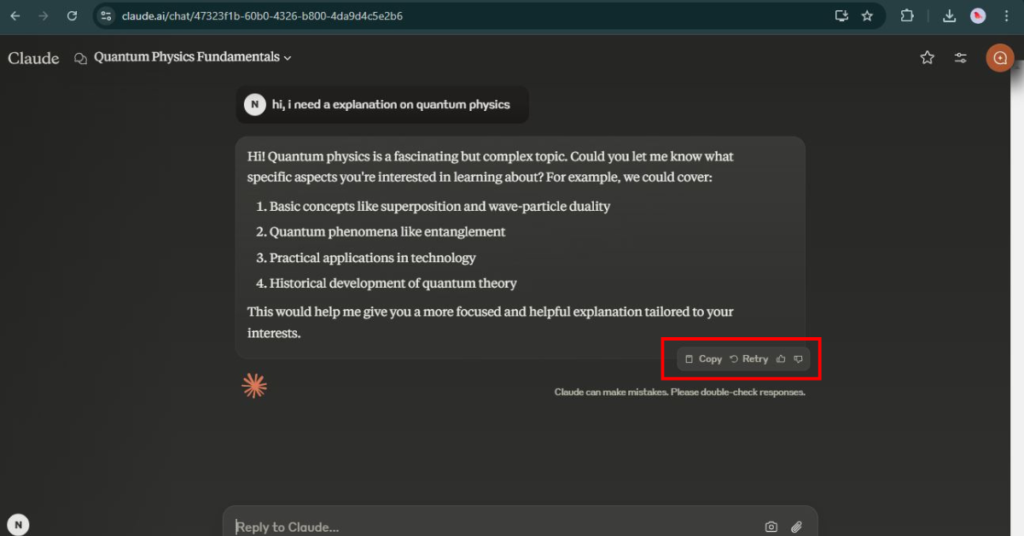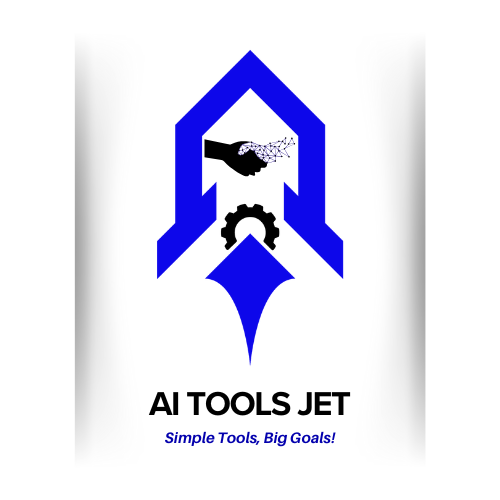Claude AI, developed by Anthropic, is emerging as a powerful competitor to ChatGPT. With an emphasis on ethical AI, Claude is quickly becoming the most talked about chatbot contender.
ChatGPT might be getting fame across the globe, but, other websites like Claude AI with unique features are also catching up and may be worth a visit. Claude and ChatGPT vary on some key points, including token limits, pricing, and how they approach AI ethics.
So, in this article, we will break everything you need to know regarding Claude AI, its pros & cons, and how it compares.
What is Claude AI?
Claude AI created By Anthropic is an all new powerful AI chatbot based on cutting edge Large Language Models (LLMs). It is particularly well-suited for conversational applications involving natural language input and excels at paraphrasing, editing, responding to prompts, making decisions, writing code, and more.
There are three Claude models currently available from Anthropic: Claude 1, Claude 2, and Claude-Instant. All are language-based, but each model has different capabilities. Claude, capable of processing up to 75,000 words at once, can read and analyze the contents of an entire short book, answering questions or giving insight based on the text
Who is the Anthropic AI?
Anthropic is an AI startup founded in 2021 by former OpenA members, including Dario and Daniela Amodei, who were key contributors to the OpenAI GPT-3 project left OpenAI due to AI security concerns and towards ethical AI development in focused anthropic They strongly ‘ve begun.
When OpenAI rings a bell, it’s the company behind ChatGPT. GPT-3, the predecessor of ChatGPT and Claude, was once the most advanced AI language model in the world, although it was an advanced automation tool that outperformed the chatbot Founding Anthropic, Amodeis a team of researchers from OpenAI. Today, Anthropic is valued at $20 billion and has received major funding including $4 billion from Amazon and backing from Google.
Anthropic stands out for its commitment to AI and security. Unlike OpenAI’s GPT-4, which focuses on human preferences, Anthropic uses a different “political AI” approach. Their cloud model follows a number of ethical guidelines that emphasize values such as autonomy, privacy and transparency, making them more secure and accountable in design
How Do I Use Claude AI?
Using Claude AI is easy! All you need to do is sign up or log in at claude.ai . After logging in, you are presented with an input box to type a question or message. You can also upload a PDF or text document to provide Claude with some extra context. Claude will reply after you input and submit. You can also copy the reply, re-ask the question for a different answer, or give it feedback on its response.

How does Claude AI compare to ChatGPT?
The cloud model is closely aligned with the OpenAI Claude-Instant offering. It is a faster and more economical option, similar to GPT-3.5, while Claude-2 offers advanced capabilities comparable to GPT-4, although slightly slower…
Unlike ChatGPT, Claude doesn’t receive information beyond what’s included in the prompt. Additionally, its focus is on textual tasks only. Unable to interpret or create images.

Is Claude AI better than ChatGPT?
The answer varies based on your needs. It is clear that in some aspects, Claude flourishes beyond what ChatGPT has to offer, while it is not as good in other ways. For example, for free users, Claude works much better than the free version of ChatGPT (GPT-3.5). However, in its paid subscription (GPT-4), ChatGPT outclasses all the features and functions of Claude even in its premium tier.
AI models are measured against benchmarks. The most widely paid ranking system, the LMSYS chatbot arena leaderboard, evaluates AI models along the lines of:
1.Elo Ratings
Similar to chess rankings, this system uses blind, side-by-side comparisons with human input to determine the best-performing model.
2.MT-Bench
It allows multi-turn Q&A sessions for models, as scored by GPT-4. It is also approximately 80 percent aligned with human evaluations.
3.MMLU (Massive Multitask Language Understanding)
This measures how knowledgeable and deeply the AI models understand a plethora of topics at a variety of difficulty levels.
Claude has better Elo ratings as well as MMLU scores as compared to free ChatGPT. Even in the premium segment, he falls short when compared with GPT-4, but he shines in the processing of lengthy documents up to 150 pages, making it an extraordinary reader, analyzer, and summarizer of content like books.
Unlike ChatGPT+, features such as voice chat, image creation, and understanding data analysis and web browsing are missing from Claude Pro. This will have to improve to make itself more attractive to potential customers at the same price level.
Can Claude AI surf the web?
Claude AI doesn’t surf the web. Unlike OpenAI GPT-4 that has integrations of surfing the web through a partnership with Bing, Claude doesn’t have this capability. Neither Anthropic released an announcement about plans to make browsing or search engine integration possible. So you’d be quite lucky if at all Claude would allow browsing anytime soon!
How Much Does Claude AI Cost?
For most individuals, there is free access to Claude 2, which is the entire advanced model, through its chat platform at claude.ai, and it is still open beta as of October 2023. This is a free and easy signup to the platform code. For those who want more, here is Claude Pro for $20 a month, the same as ChatGPT+. With Claude Pro, users enjoy:
• 5x more use of Claude 2 compared to the free tier.
• Priority access during peak use.
• Early access to new features.
Anthropic also opens access to Claude for developers and enterprises:
• Developers can either make use of the Anthropic API or Amazon Bedrock to integrate Claude into their applications, pricing it on a token basis, where 1,000 tokens are about 750 words. Input and output tokens have separate costs.
• Enterprise clients reserve dedicated compute capacity on Amazon Bedrock, with requirements starting from one-month commitment-for example, reserving throughput for Claude-Instant at $29,462.40 monthly.
Everyone-not only the standard consumer, developer, or enterprise client-has flexible pricing systems customized to his/her needs.
Is Claude AI Factually Accurate?
Claude AI, similar to other large language models, generates text by learning patterns from an extremely wide range of training data. Anthropic makes efforts to improve the factual accuracy of the model, but as with GPT-3.5 and GPT-4, Claude is not a source of truth and may produce incorrect or misleading information—“hallucinations,” in AI parlance.
Claude doesn’t “know” the things it talks about. It’s simply pattern-matching what to say with statistical likelihoods learned during training. It doesn’t have meaning, understanding, or access to any real facts outside its training except insofar as that is what its input data was like. That’s why, occasionally, Claude will give an answer that sound confident but isn’t right. And unlike human experts, Claude almost never knows when it does not know which makes misunderstanding more likely.
It’s always a good idea to verify important information generated by Claude yourself before doing anything critical based on it. On the other hand, it actually performs better than ChatGPT at least as measured by me on tasks where you need to condense a long document into key points.
How Do I Get Access to Claude AI?
Accessing Claude AI is straightforward, and there are several ways depending on your needs.
For General Use:
The most straightforward means of using Claude is by signing up for a free account on claude.ai. Users have free access to the latest and most advanced model, Claude 2.0, through the platform’s chatbot interface. You can engage with Claude, ask it questions, or explore various prompts, so it is quite good for personal use or simple experiments. This will let you try on for size all the capabilities within Claude-2 by letting anyone test the model’s capabilities without commitment.
For Developers:
Anthropic’s API — Claude’s API is also in closed beta, so developers must apply for early access. The approval process, however, is somewhat opaque, and it is unclear how long it will take to have requests granted or what the specific criteria will be. After they’ve been approved, developers will be able to use Claude in their apps to create tailored AI solutions — though availability will likely be restricted because the feature is currently in closed beta.
Amazon Bedrock: While this is more for developers looking to do what chatg.pt does but without the technical backend hassle, Amazon Bedrock is at least a more approachable way of going about it. Via Amazon Bedrock, users can use all of Claude’s models with no waitlist needed. Developers can use on-demand access or provisioned throughput options depending on their needs, and scale upwards or downwards as needed. Best for users that require stable and scalable debt access to Claude when developing.
Conclusion
Claude AI is a very powerful tool by Anthropic which has unique features such as its 100K input limit and its AI Safety approach with a “constitutional” framework. This makes Claude especially well-suited to read, analyze and summarize long documents, and Claude 2.0’s free tier is considerably more capable than those provided by many of its competitors.
Claude is a compelling alternative to OpenAI’s models for personal, developer, and enterprise use. It can especially benefit developers searching to integrate sophisticated AI functionalities without the strict rules of other platforms. Although OpenAI’s GPT-4 is still the best in terms of raw strength and features, Claude is fast catching up and has become a popular choice for those that need an AI model with an ethical framework and strong performance for things like document summarization and customer support.
All in all, Claude is certainly a contender against OpenAI’s GPT models whether you are using it for solo projects, development or enterprise use. Claude could have a major impact on the field of AI and potentially rival the dominance of GPT-4 at some point thanks to its safety-first approach, access options, and advanced capabilities.


